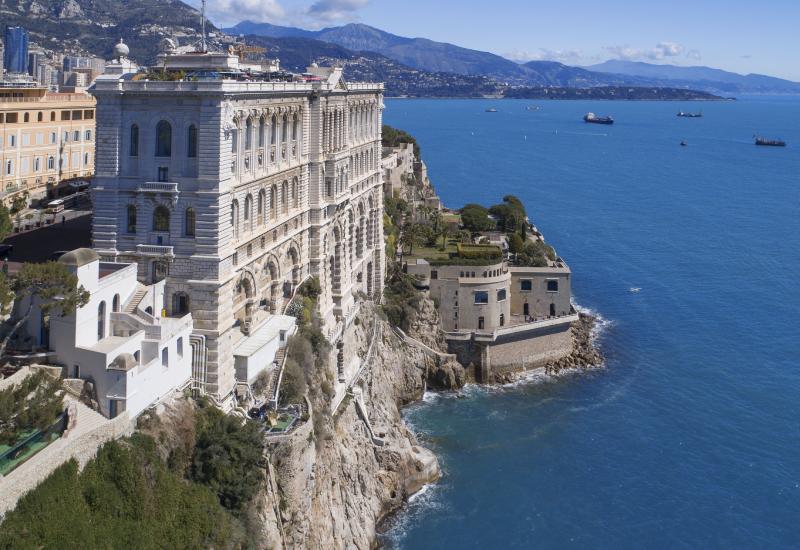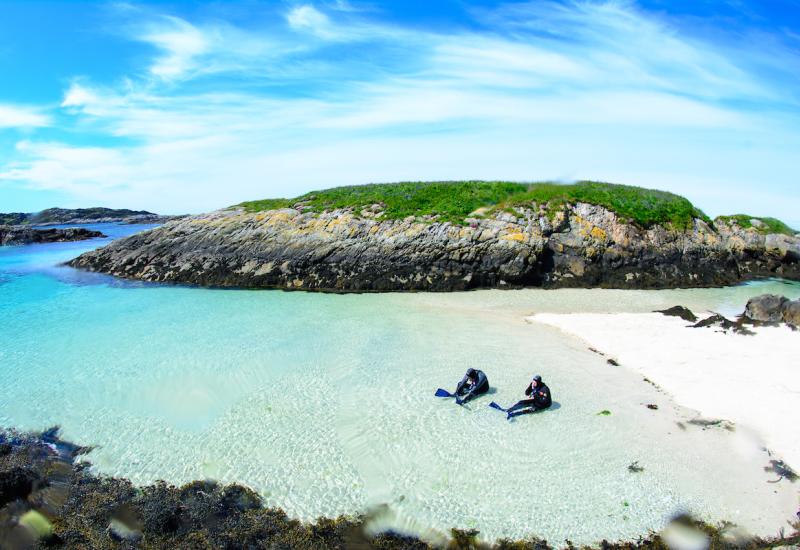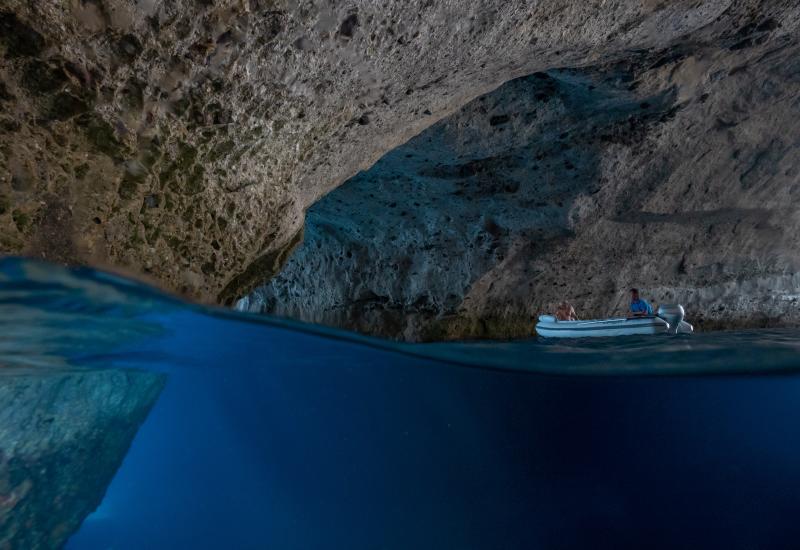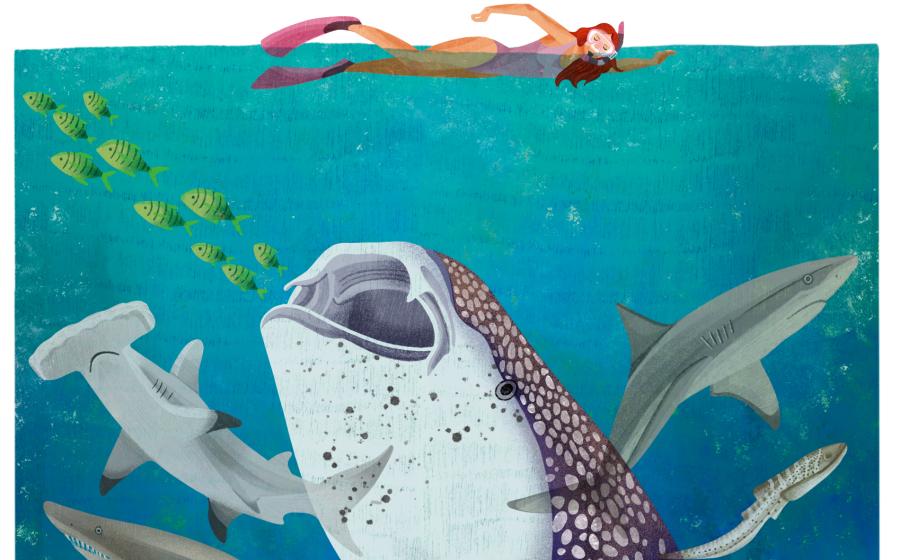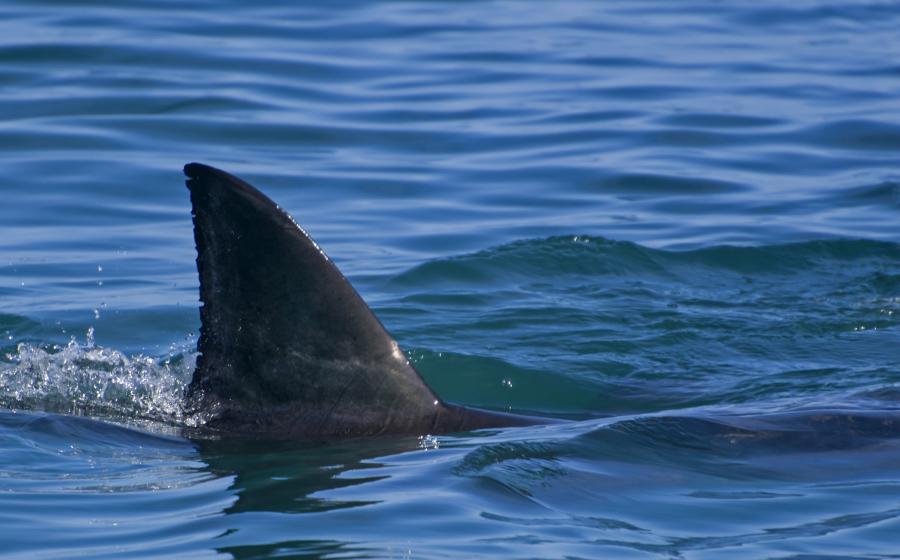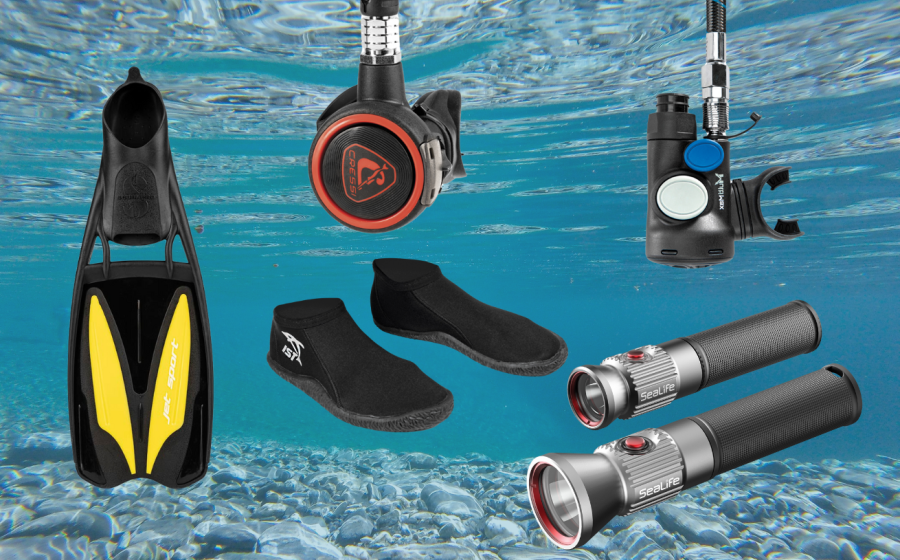Diving Italy: Circe
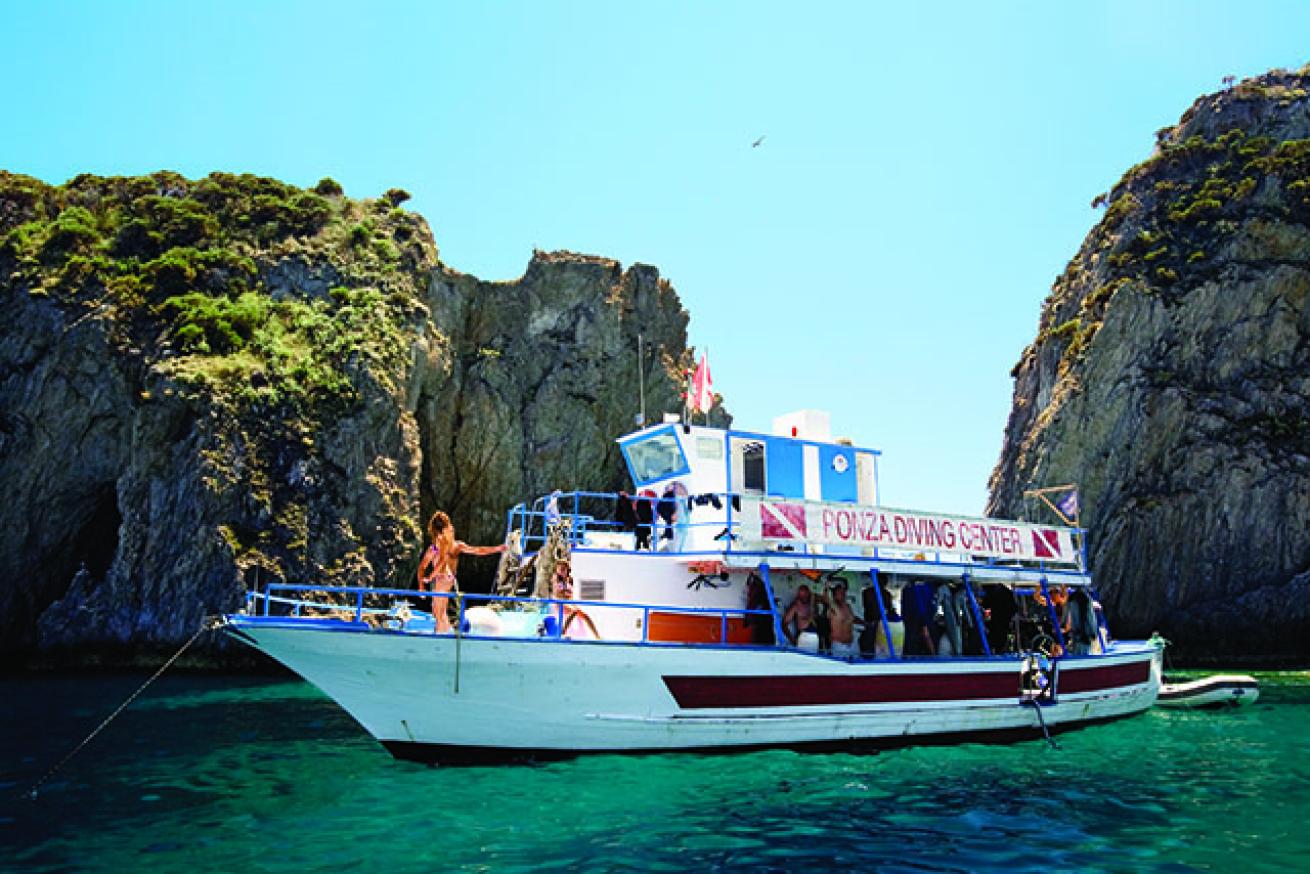
Franco BanfiCirce diving in Ponza has its merits with great visibility and gorgeous marine life.
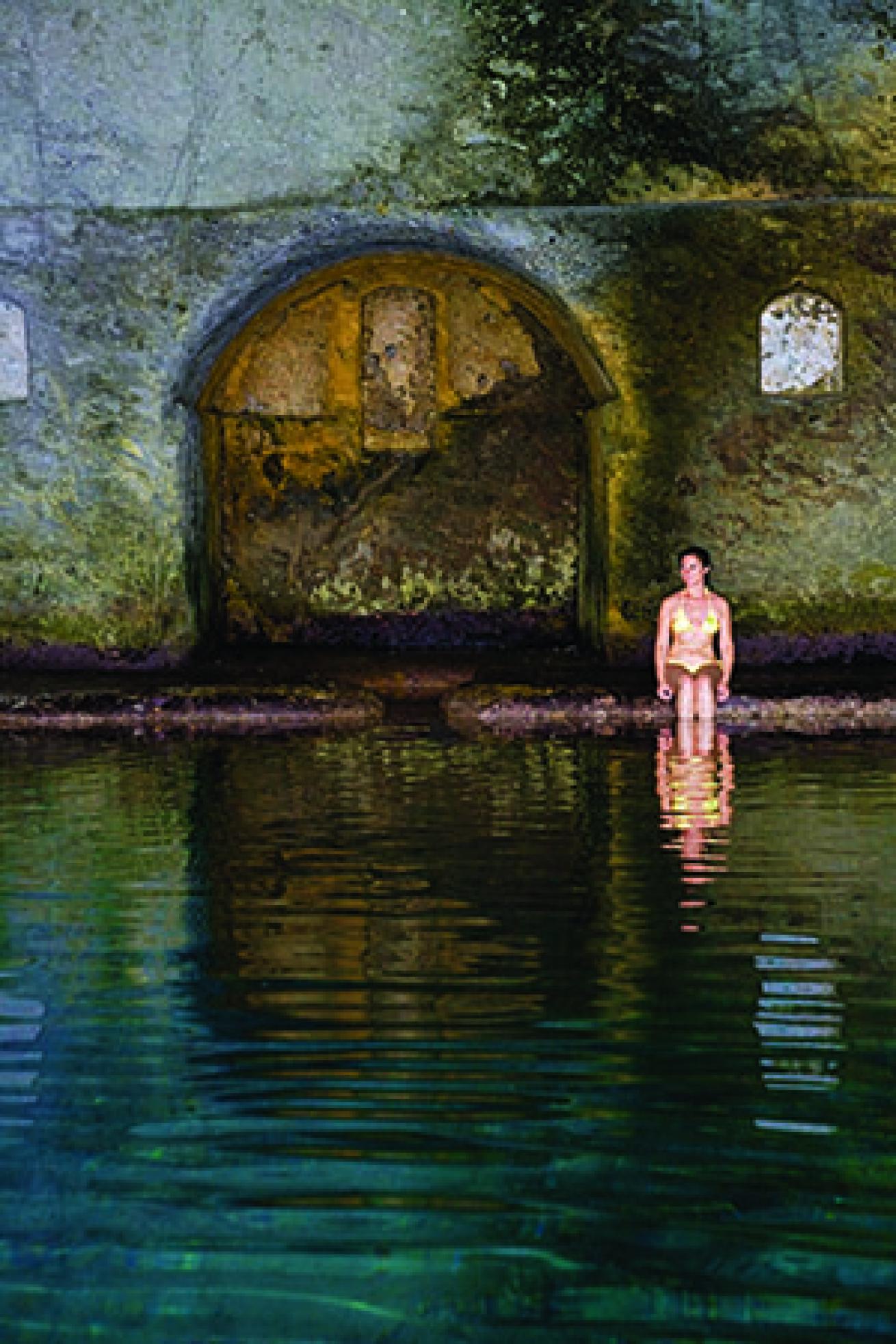
Franco BanfiThe caves of Grotte di Pilato make for an atmospheric stop on a boat trip around the island. The caves were carved out by the Romans.
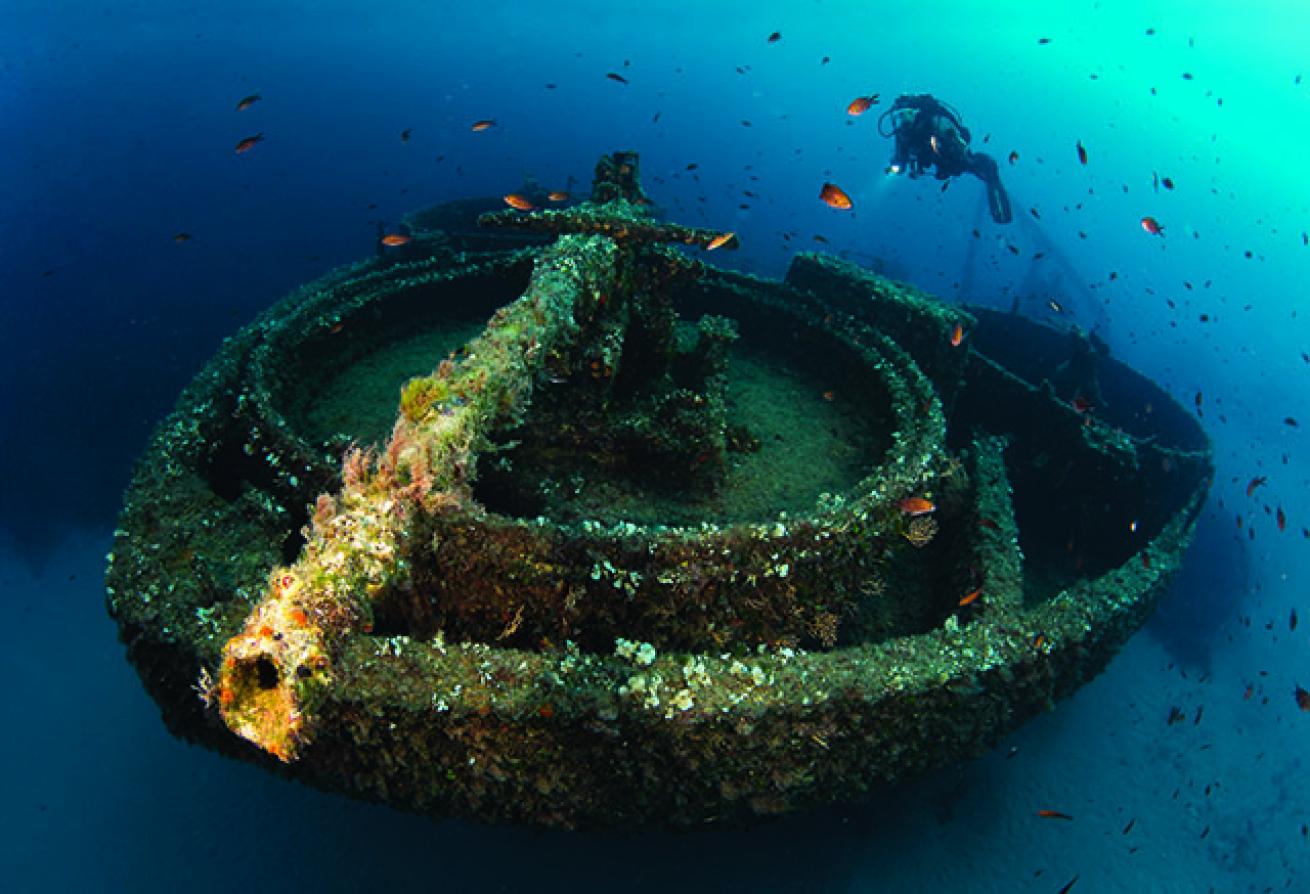
Franco BanfiOne of the highlights of Ponza diving is the wreck at Punta Papa, an LST-349 that sank in 1944. Its dark form stands in stark contrast with the white sand.
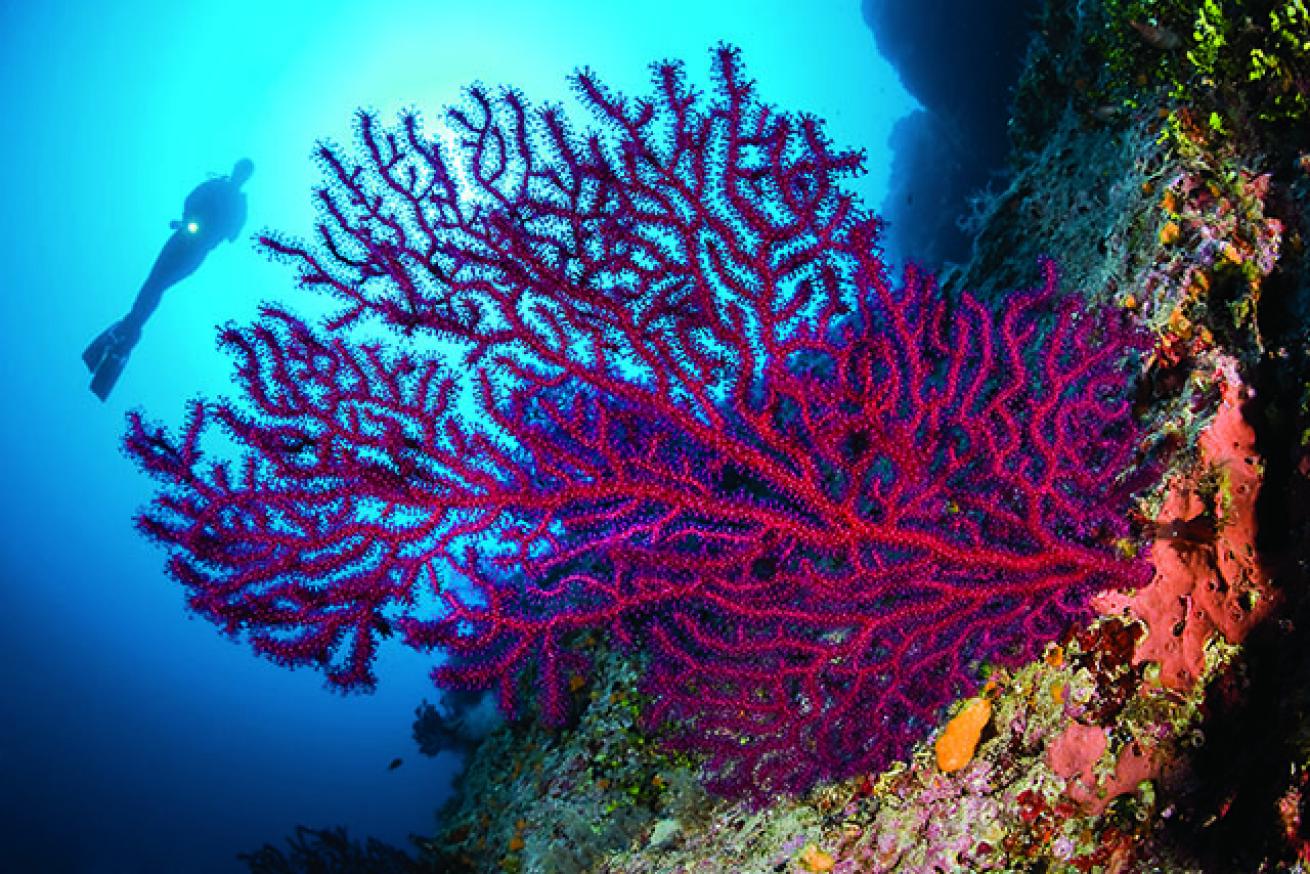
Franco BanfiWalls, especially those exposed to the currents of the eastern side of the island, are colonized by red gorgonian sea fans.

Franco BanfiAt shallower depths, the substrate is covered in Parazoanthus axinellae or yellow cluster anemone.
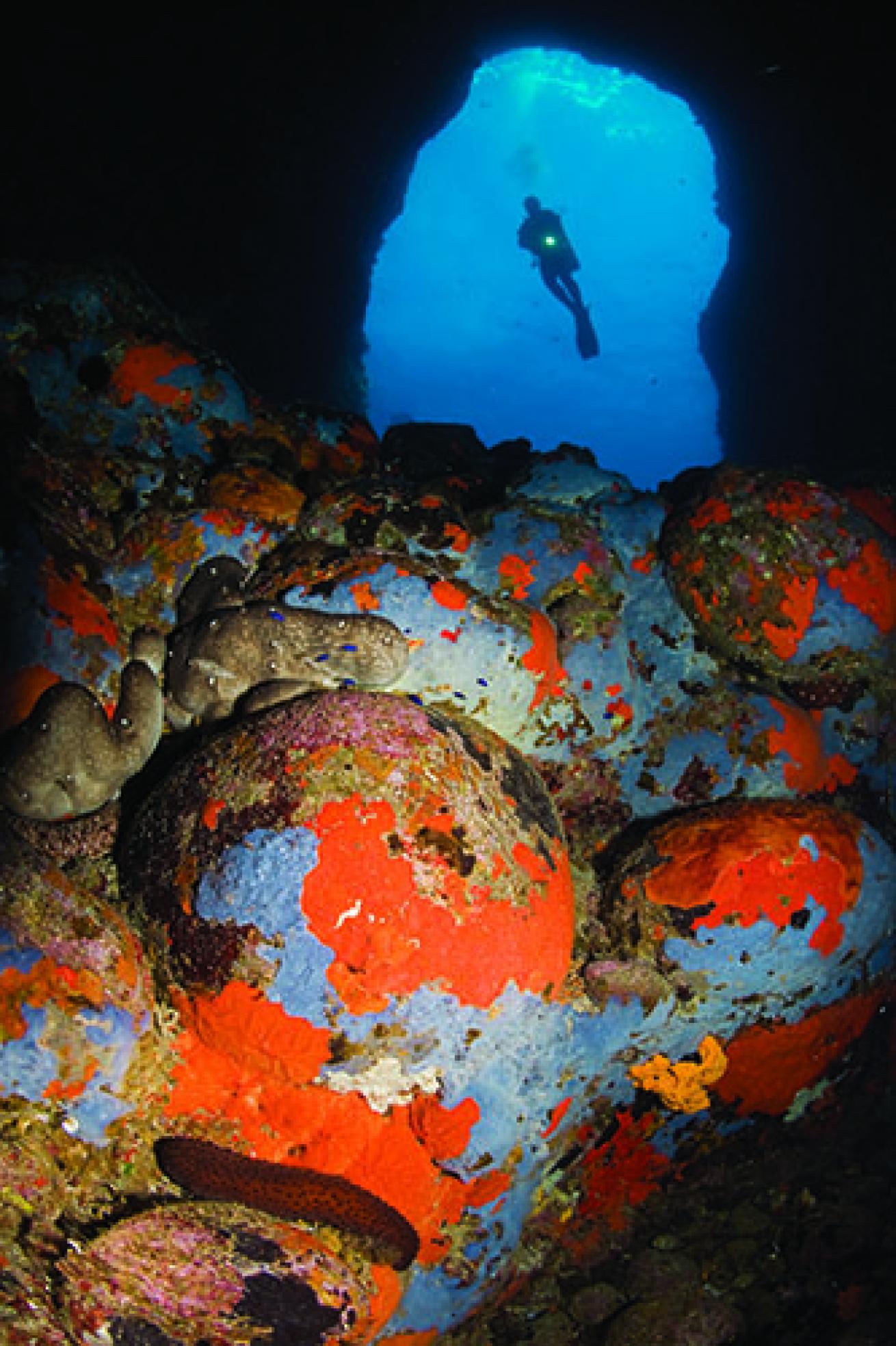
Franco BanfiCaves featuring colorful encrusting sponges are common in Ponza.
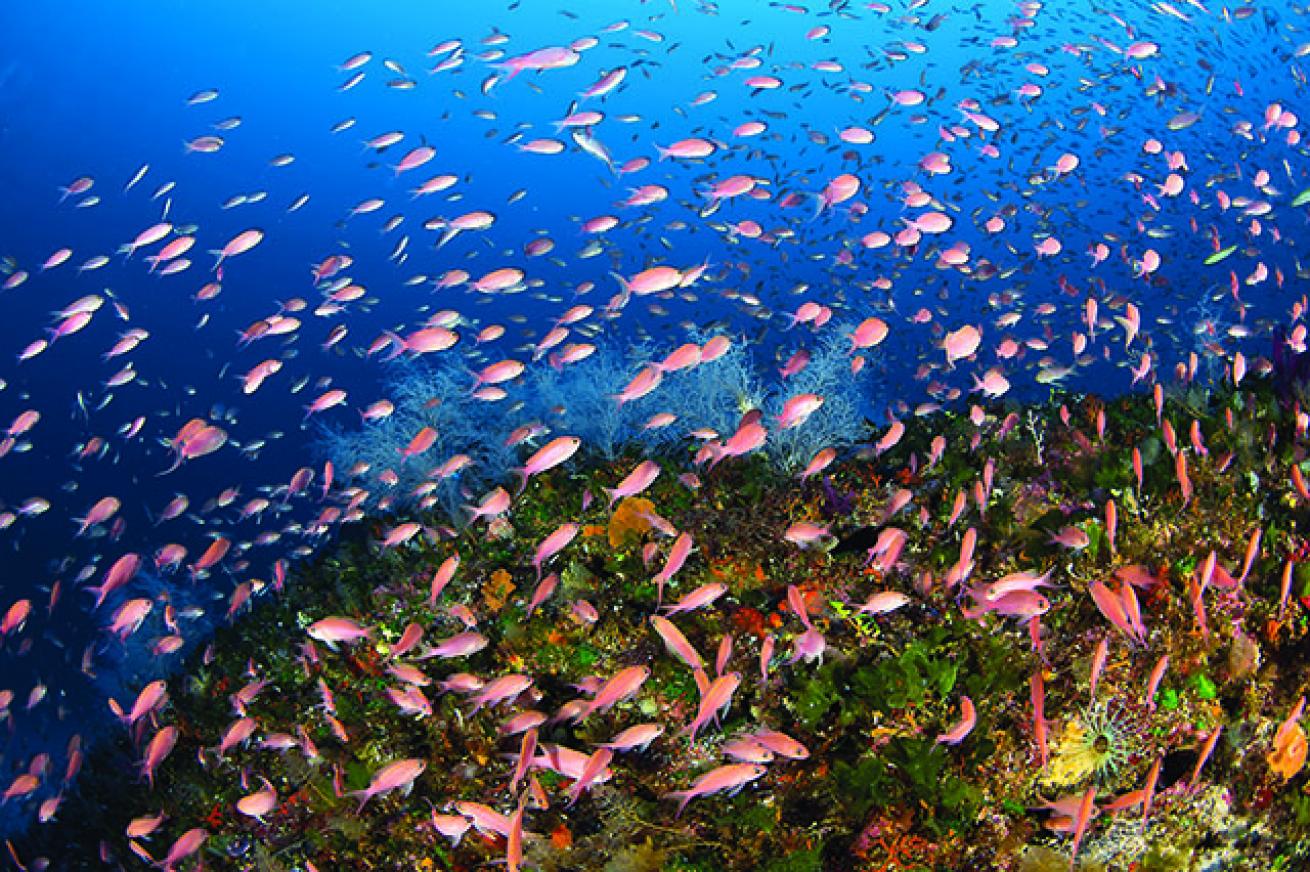
Franco BanfiClouds of damselfish join divers on the descent down the wall of Punta del Papa.

Franco BanfiNo, I promise, it's not a venus fly-trap. One of the most colorful tube worms, this Serpula vermicularis creates a perfect still life on a common encrusting sponge.
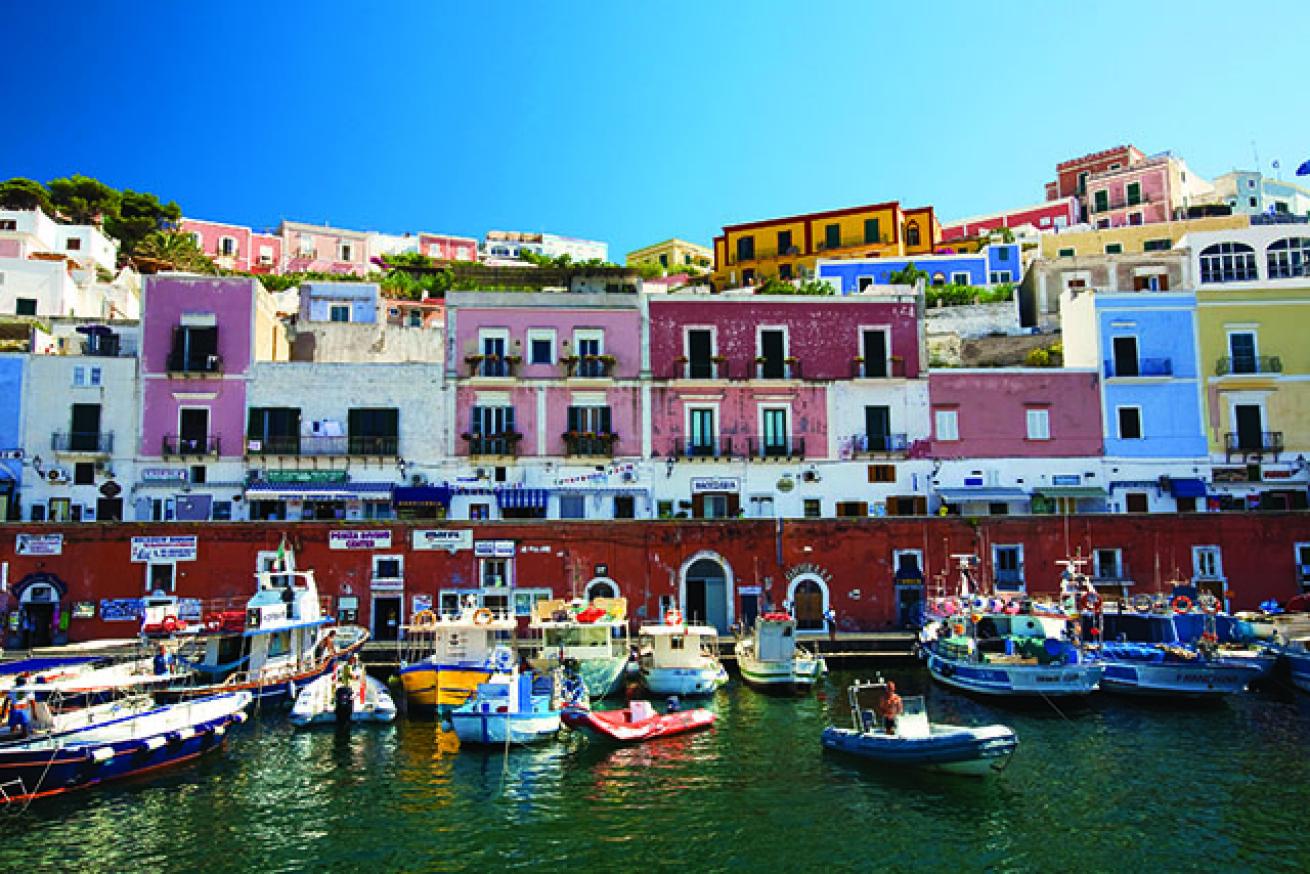
Franco BanfiThe main port of Ponza bustles with activity day and night.
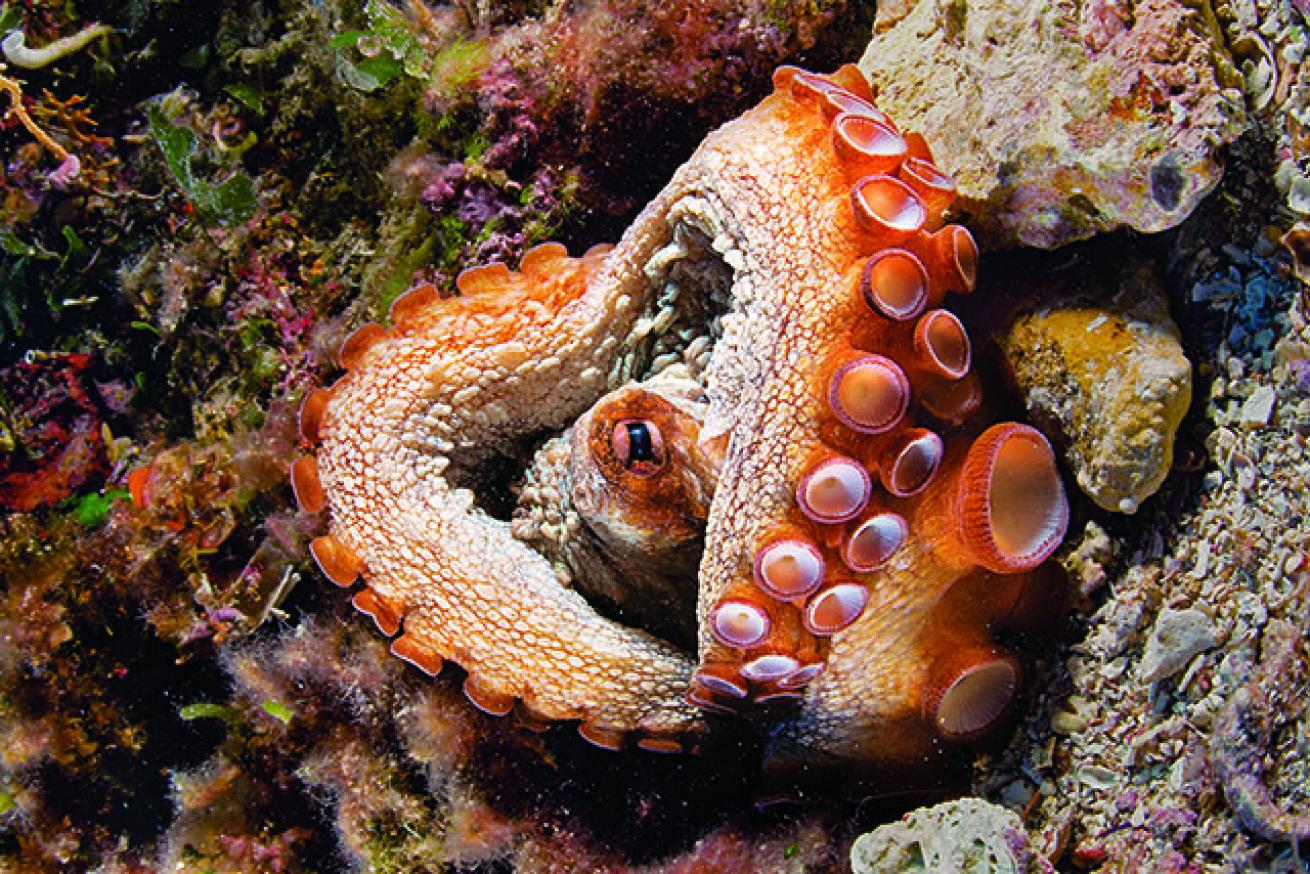
Franco BanfiAn octopus plays hide-and-seek with divers.
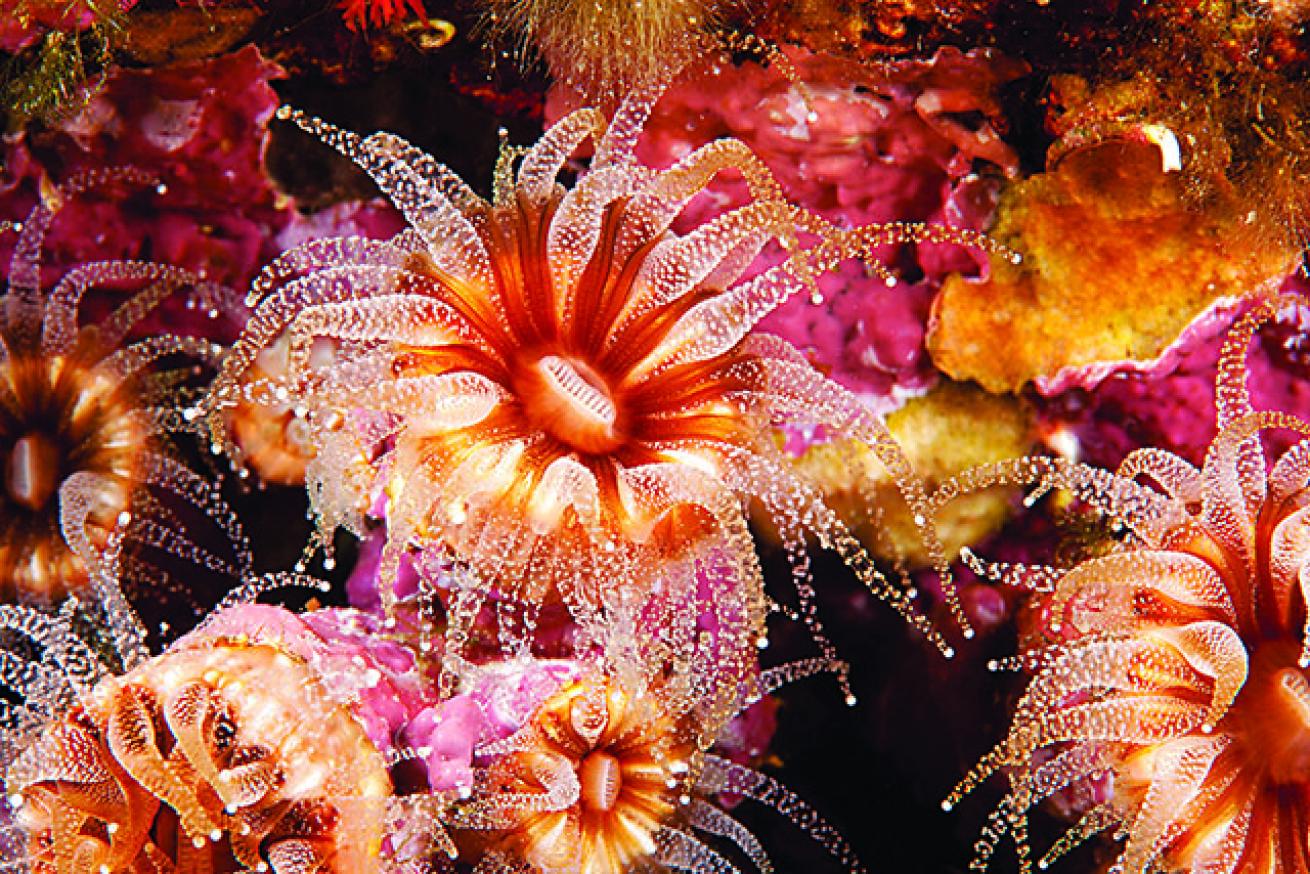
Franco BanfiThe cnidarian Phyllangia mouchezi creates a vast expanse of color.
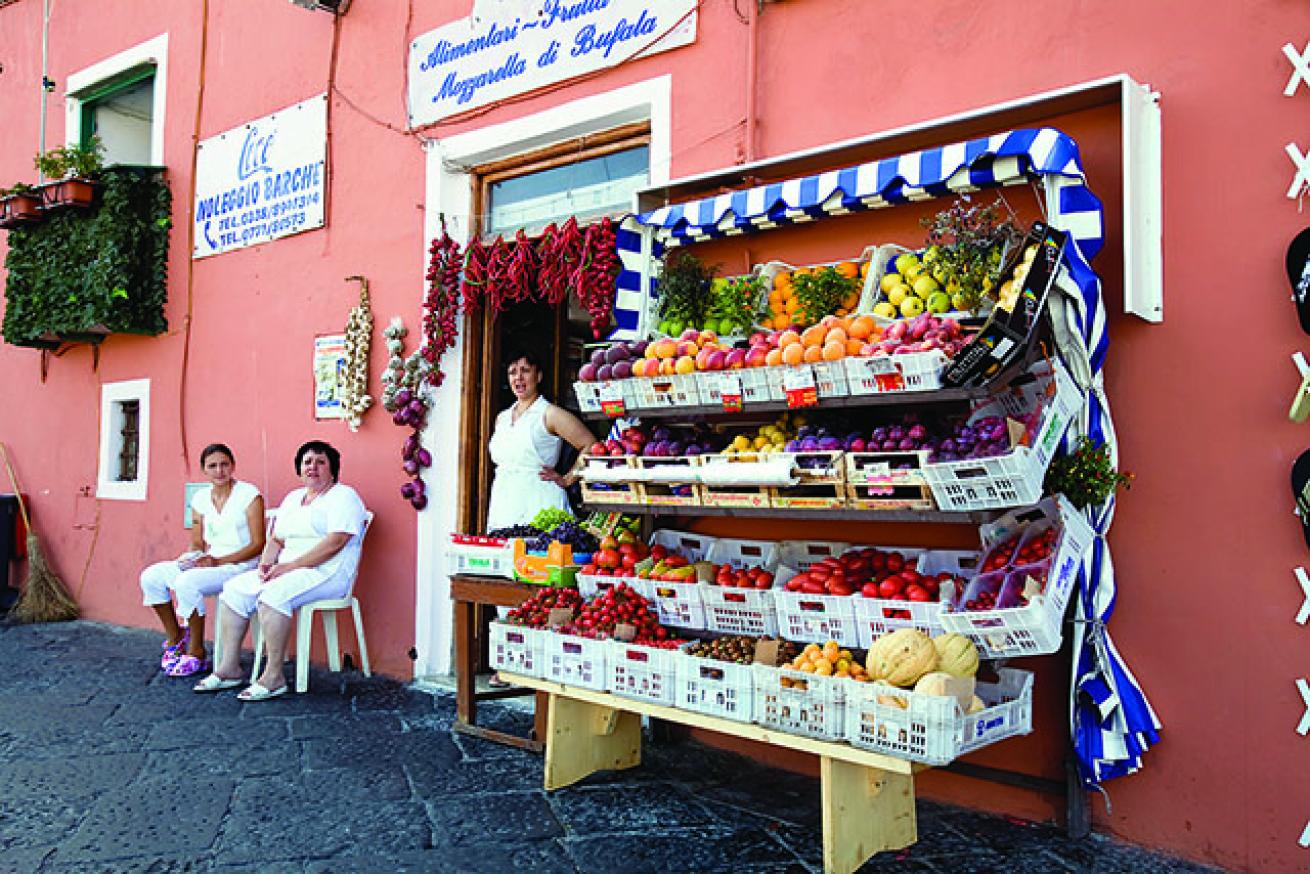
Franco BanfiBright hues are the norm as well on the city streets.
Known as “the wreck of Punta Papa,” the decaying ship lay on the sandy bottom before me. I couldn’t help but admire the perfect shape of the structure, an LST-349 (Landing Ship Tank), a flat-bottomed boat used to transport the Allied forces’ troops and trucks during World War II. As I descended, I wondered why the owner of the diving center had insisted that I put a macro lens on my camera, and why I’d given in to his demand. It turns out he had an ace up his sleeve, and it wasn’t too long before I discovered it. He guided me to a small blade of Posidonia oceanica, a Mediterranean sea grass, quite near the wreck. To my great surprise, there appeared one of the most colorful seahorses I’d ever seen in the Mediterranean: a tiny, shy and wonderful orange Hippocampus hippocampus, rarely — if ever — seen at this shallow depth and in an open space.
The azure waters surrounding the Pontine archipelago, which includes Ponza, offer an extraordinary abundance of life, and lap against a backdrop of spectacular views. The dramatic coastal geography of cliffs, coves, craggy headlands, islets and rocks is reflected underwater in a mosaic of environments that supports diverse benthic creatures. Rock slides are covered by bright-orange colonies of Astroides calycularis, one of the few Mediterranean representatives of the Madrepore stony-coral genus. The darkness of the small tunnels and caves favors the establishment of biotic communities with sciophilous, or shade-loving, character, usually seen at far greater depths. Among the holes and crevices within the cascade of boulders and rocks there are octopuses, moray eels, blennies, damselfish, white bream and sea bream. There are huge and healthy fields of Posidonia oceanica sea grass, where broad-nosed pipefish hide in plain sight. This beguiling island has something to please every diver, and we, like Odysseus, found it almost impossible to leave Ponza.
For more on diving Italy visit Divers Guide: Italy.

